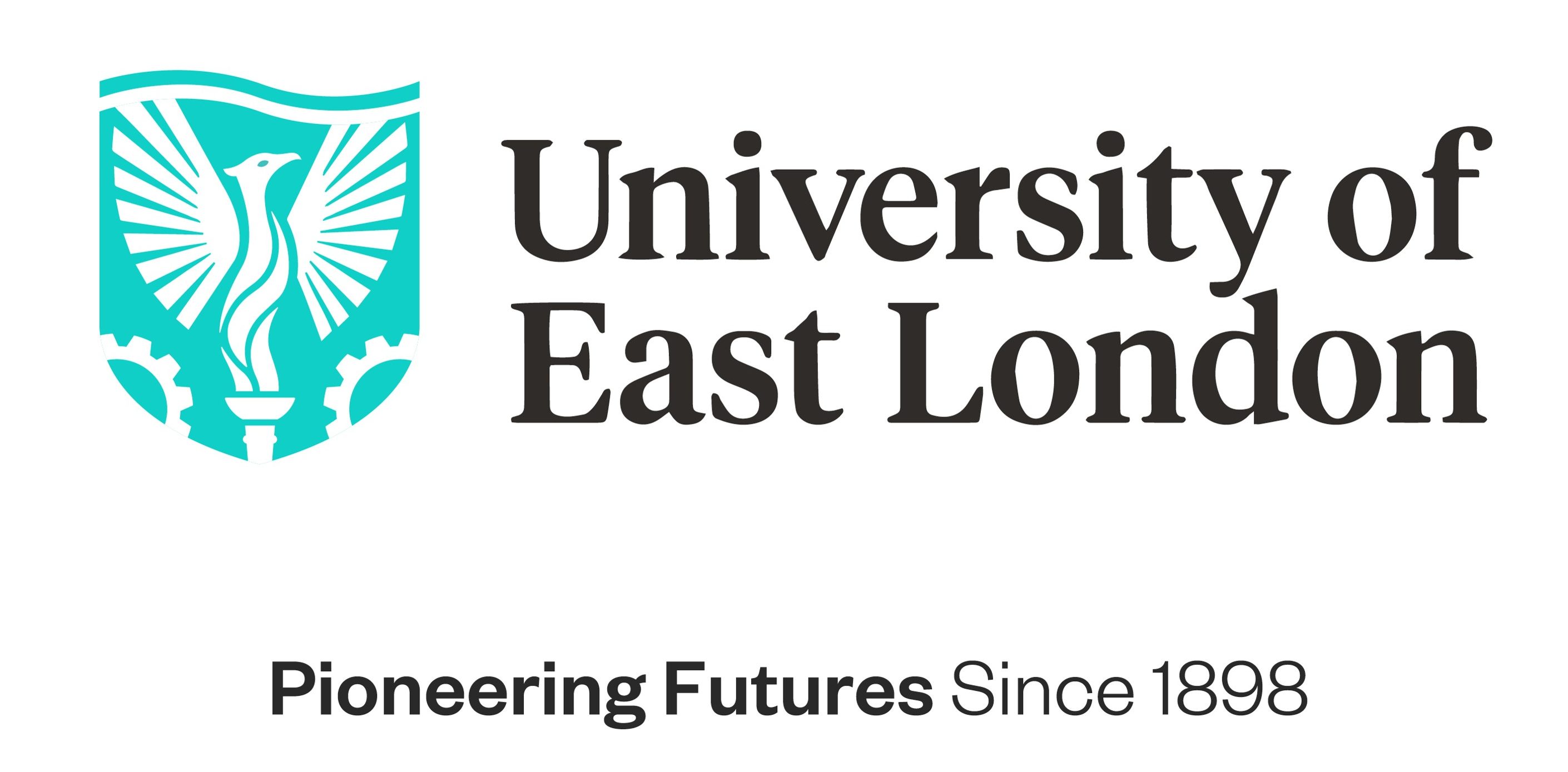Ximena Chamorro Bolaños is a doctoral researcher at the SRI who has been studying the possibility of using by-products from waste incineration as construction materials. Her expert knowledge and laboratory experience has enriched the SRI for the last four years. Below Ximena articulates her project in more detail.
In a blog posted four years ago, I had the opportunity to present the background of what would be my PhD research (SRI PhD students get their chance to shine – UEL SRI news and views (wordpress.com)), supported by the SRI in partnership with Augean PLC. Today, I am delighted to recall and update this information and to show an overview of the successful completion of this challenging, but definitely rewarding project.
Municipal Solid Waste (MSW) comprises domestic, light industrial, commercial and institutional waste that is collected by local authorities or contracted companies. From the three main waste management options available for MSW (landfilling, recycling and incineration), the technologies of incineration bring the alternative use of waste as an energy and heat source in Energy from Waste (EfW) facilities, resulting in a more sustainable option to reduce the dependence on other energy sources and to reduce the amount of waste that is sent to landfill.

Process of waste incineration in an energy from waste plant. Source: https://deltawayenergy.com/2018/08/waste-to-energy-how-it-works/
Despite the benefits, MSW incineration leads to the volatilisation of hazardous substances contained in the waste. These contaminants are removed from the gaseous emissions by air pollution control units before the gases are released into the environment. The particulate materials generated as by-products during this cleaning process and collected after the injection of any reagent and before discharging gases through smokestack are called air pollution control residues (APCr). Over the last decade, the amounts of APCr generated in the UK have annually increased. By 2022, with 57 EfW sites in full operation and a total waste incineration input of 15.32 Mt, the annual production of APCr in the UK was estimated as 459,600 tonnes. APCr are classified as hazardous due to their environmental impact associated with their chemical composition and leaching properties.
In the UK, most of the APCr generated by EfW plants are treated and then disposed of in hazardous landfills or underground salt mines, whereas the recycling rates tend to be constant at around 35%. It can be said that the increasing amounts of APCr generated every year in the UK are becoming more difficult to be managed by the existing recycling capacities. Therefore, there is a need for an alternative management that allows to divert APCr from landfilling while enabling this waste material for further recycling.
In my PhD project, I investigated the viability of incorporating APCr into the manufacture of construction materials called lightweight aggregates (LWA), which are commonly manufactured from natural clay and are used in the preparation of concrete mixtures. LWA have technical advantages such as low-density, thermal and sound insulation, fire resistance, low water absorption, resistance against extreme pH conditions and high durability. Figure 1 summarises the methodology, which comprised four main stages: APCr sampling/characterisation, APCr treatment, LWA production/characterisation, and manufacture of concrete.

Schematic summary of the methodology for recycling of APCr into engineered LWA. Stage 1: APCr characterisation, Stage 2: APCr treatment, Stage 3: LWA manufacture, Stage 4: Performance of LWA in concrete.
In the first stage, APCr samples collected from different EfW facilities across the UK were characterised for elemental composition, mineralogy and leaching properties. In the second stage, two treatments, washing with water and accelerated carbonation, were optimised to reduce the leaching properties of APCr in a mix composed of all samples of APCr previously characterised. The third stage comprised the manufacture of artificial LWA, through hot bonding and cold bonding processes at a laboratory scale (Figure 2). The physical and technological characteristics of the manufactured LWA were assessed for the fulfilment of the corresponding standards for LWA and compared with similar products currently available on the market. In the final stage, hot-bonded and cold-bonded LWA were incorporated into lightweight aggregate concrete (LWAC) to evaluate their performance.

APCr-based LWA. Left: hot-bonded LWA. Right: cold-bonded LWA
What are the physical, chemical and environmental properties of the APCr generated in the UK? Which treatment was more efficient for improving the environmental characteristics of APCr? Which method was better for manufacturing APCr-based LWA? What were their technological characteristics? What was the maximum incorporation of APCr in LWA? How was the performance of the APCr-based LWA in LWAC? Would it be possible to reduce the carbon emissions in the production of LWAC from APCr-based LWA? Would it be recommended a future scale-up of LWA manufacture from APCr? The answers for all these questions as well as the details of the different analytical and testing methodologies used in this research, will be revealed soon in different peer-reviewed publications.

Ximena with supervisors Professor Darryl Newport, Dr Bamdad Ayati, external examiner Dr Helen Bailey and Dr Alan Chandler
